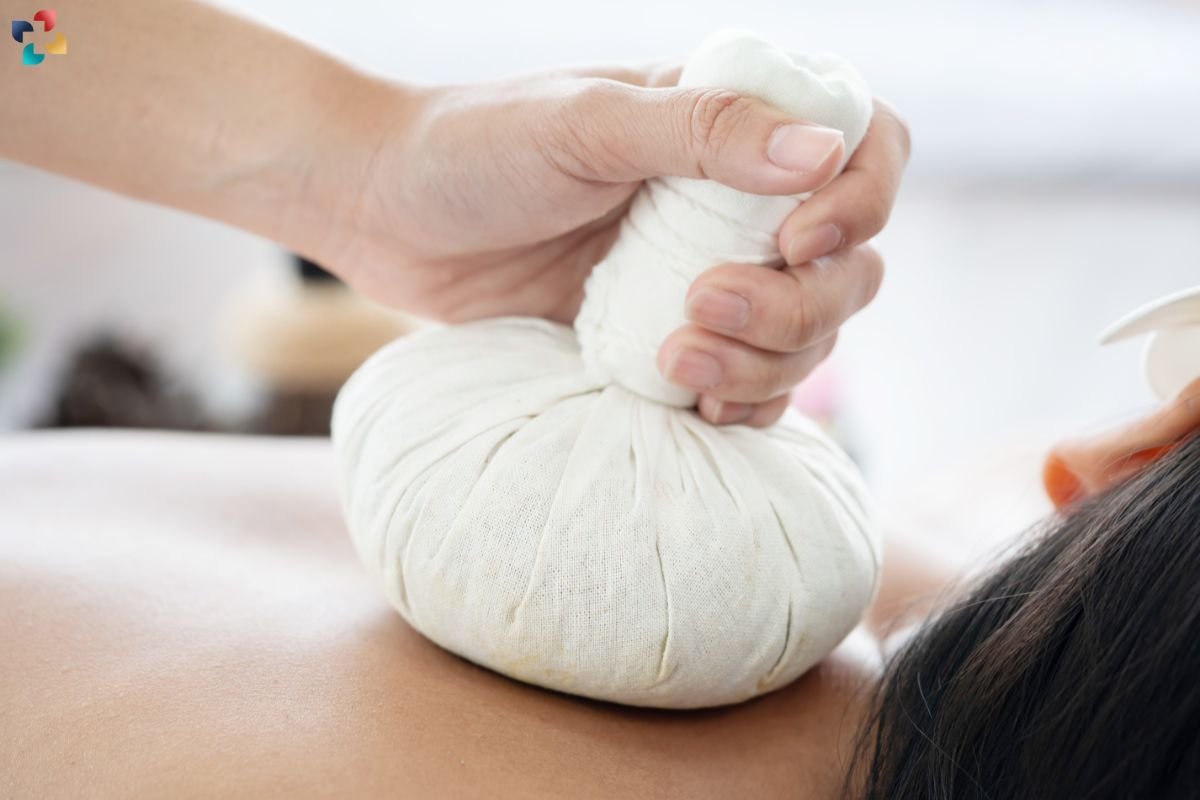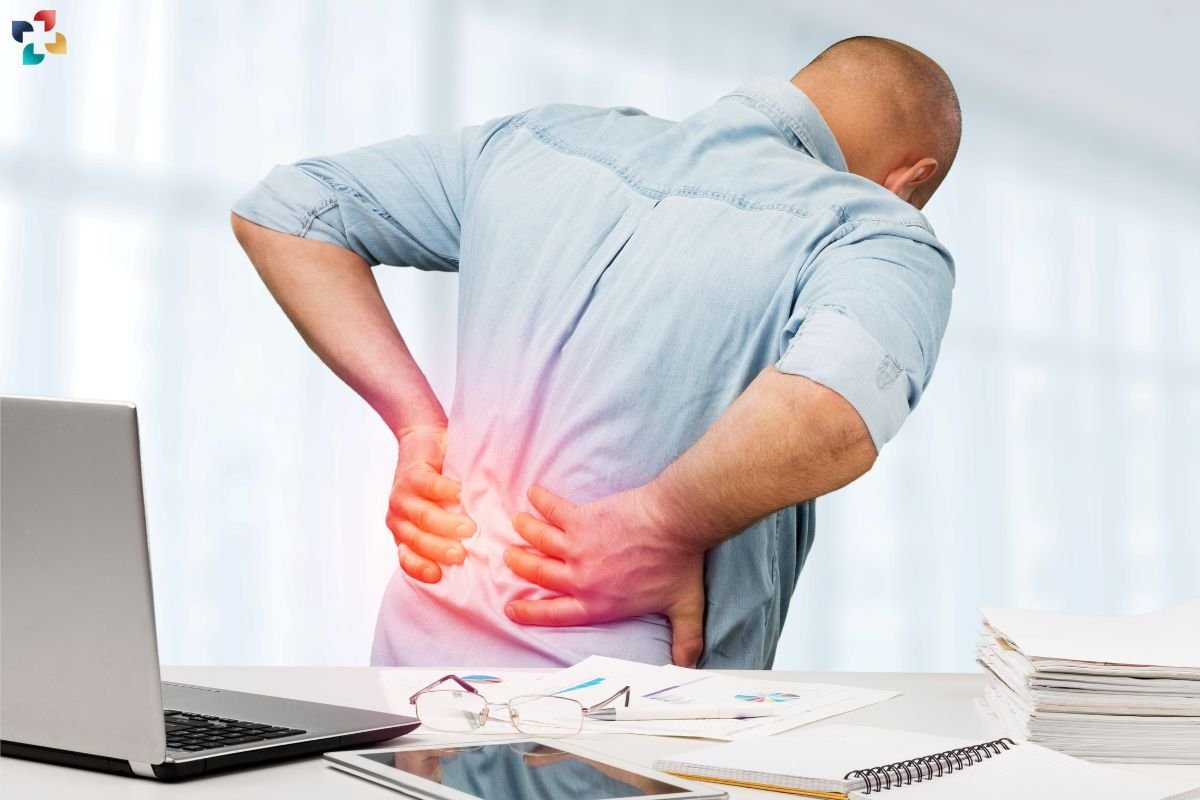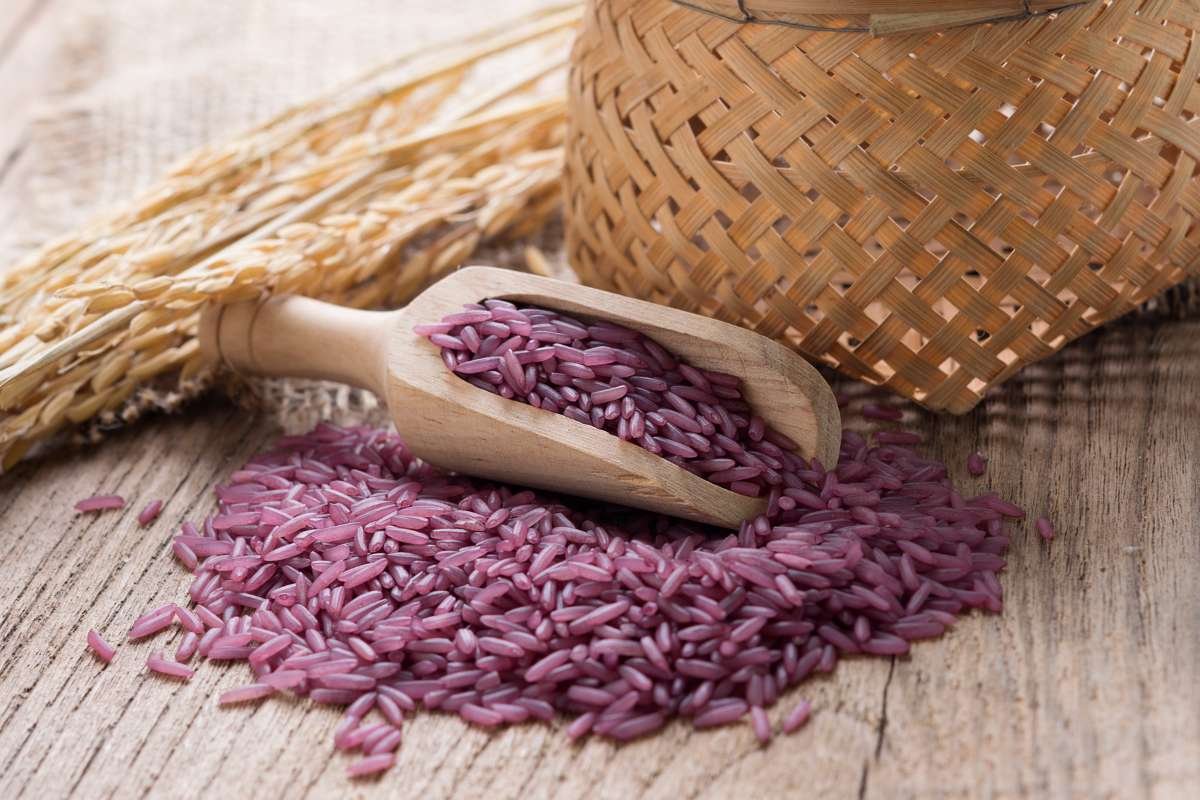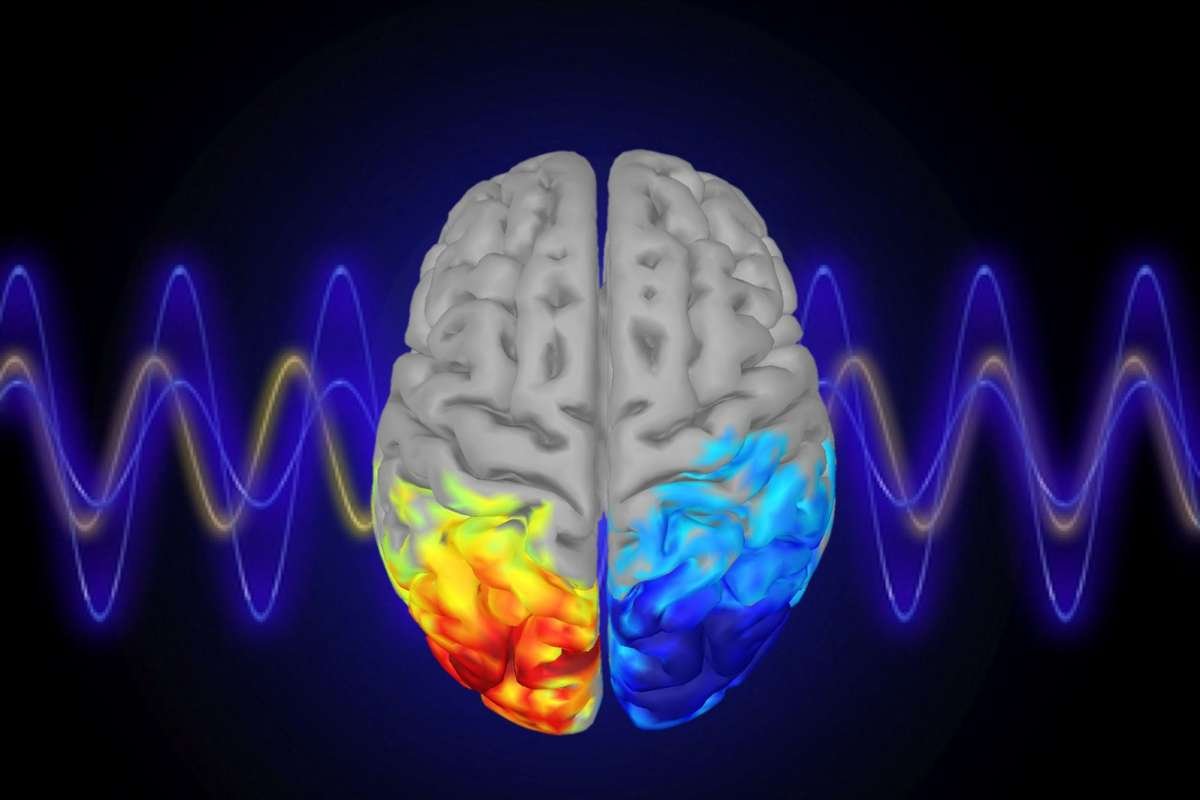Experiencing a low back contusion can be painful and disruptive, impacting daily activities and overall quality of life. A low back contusion, commonly referred to as a bruise in the lower back area, occurs when there is trauma or impact to the muscles, tissues, or bones in the lower back region. This article focuses on effective recovery strategies to help manage and alleviate symptoms, allowing for a smoother return to normal activities.
Understanding Low Back Contusion
A low back contusion is characterized by bruising or bleeding within the muscle tissues or under the skin of the lower back. This type of injury typically results from direct trauma, such as a fall, impact, or strenuous physical activity. Symptoms may include pain, swelling, and tenderness in the affected area. Proper recovery is essential to prevent long-term complications and to ensure a full return to health.
Initial Steps for Recovery
1. Rest and Avoid Aggravating Activities
When dealing with a low back contusion, the initial step in recovery is to rest the affected area. Avoid activities that exacerbate the pain or put additional strain on the lower back. Rest helps to reduce inflammation and allows the muscles and tissues to begin healing. While complete bed rest is not necessary, it is important to limit activities that could worsen the injury.
2. Apply Ice Packs

Applying ice packs to the injured area can help manage pain and reduce swelling. Ice should be applied for 15-20 minutes every hour during the first 48 hours after the injury. This approach helps to constrict blood vessels and decrease inflammation. Make sure to use a cloth or towel to protect the skin from direct contact with the ice.
3. Use Compression
Compression can also aid in reducing swelling and providing support to the injured area. A compression wrap or bandage can be applied to the lower back, but it should not be too tight, as this could impede circulation. Proper compression helps to control swelling and provides some level of stabilization to the contused area.
4. Elevate the Upper Body
Although elevating the lower back itself is not practical, elevating the upper body can help to alleviate pressure on the lower back. When lying down, prop yourself up with pillows to maintain a slightly elevated position. This can help reduce swelling and provide comfort while resting.
Pain Management Strategies

1. Over-the-Counter Pain Relief
Nonsteroidal anti-inflammatory drugs (NSAIDs), such as ibuprofen or naproxen, can be used to manage pain and reduce inflammation associated with a low back contusion. Always follow the recommended dosage instructions and consult with a healthcare professional if you have any concerns or pre-existing conditions.
2. Topical Treatments
Topical treatments, such as creams or gels containing menthol or arnica, can be applied directly to the skin to provide localized relief. These treatments can help alleviate pain and reduce swelling in the affected area. Follow the product instructions for proper application.
3. Heat Therapy
After the initial 48 hours, when swelling has started to subside, heat therapy can be beneficial. Applying a warm compress or heating pad to the lower back can help to relax tight muscles and improve blood circulation. Apply heat for 15-20 minutes several times a day, ensuring that the heat is warm, not hot, to avoid burns.

Top 12 Exercises to Reduce Lower Back and Knee Pain
1. Knee-to-chest stretch
2. Trunk rotation
3. The Cat-Cow
4. Seated hamstring stretch
5. Pelvic tilt
Rehabilitation and Physical Therapy
1. Gentle Stretching Exercises
Once the acute pain and swelling have decreased, gentle stretching exercises can aid in recovery. Stretching helps to maintain flexibility and prevent stiffness in the lower back. Focus on stretches that target the lower back muscles and surrounding areas. Always perform stretches slowly and avoid any movements that cause pain.
2. Strengthening Exercises
Strengthening exercises can be introduced as part of the recovery process to support the lower back and prevent future injuries. Exercises that focus on core strength, such as abdominal and lower back exercises, are particularly beneficial. Work with a physical therapist or healthcare provider to develop an appropriate exercise routine.
3. Physical Therapy
For more severe cases or if recovery is slower than expected, physical therapy may be recommended. A physical therapist can provide a tailored rehabilitation program that includes exercises, manual therapy, and other modalities to facilitate healing and strengthen the lower back.
Lifestyle Modifications for Recovery

1. Maintain Good Posture
Maintaining proper posture is crucial during the recovery period. Avoid slouching or sitting for prolonged periods, which can place additional strain on the lower back. Use ergonomic chairs and supportive cushions if needed to promote good posture.
2. Avoid Heavy Lifting
During the recovery process, it is important to avoid heavy lifting or strenuous activities that could aggravate the low back contusion. If lifting is necessary, use proper lifting techniques, such as bending at the knees and keeping the back straight, to reduce the risk of further injury.
3. Stay Hydrated
Staying hydrated is important for overall health and can aid in the recovery process. Proper hydration helps to maintain muscle function and can prevent muscle cramps. Drink plenty of water throughout the day to support your body’s healing processes.
4. Monitor Progress
Keep track of your recovery progress and note any changes in symptoms. If pain persists or worsens, consult with a healthcare professional for further evaluation. Monitoring your condition helps ensure that recovery is on track and allows for timely intervention if needed.
5. Seek Professional Medical Advice
If the low back contusion does not improve with self-care measures or if you experience severe pain, difficulty moving, or other concerning symptoms, seek professional medical advice. A healthcare provider can perform a thorough evaluation, recommend additional treatments, and provide guidance on the appropriate course of action.
Conclusion
Recovering from a low back contusion requires a combination of rest, pain management, and gradual rehabilitation. By following these recovery strategies, including rest, ice application, compression, and gentle exercises, individuals can effectively manage their symptoms and support the healing process. Paying attention to lifestyle modifications and seeking professional medical advice when necessary can further enhance recovery and ensure a successful return to normal activities. With proper care and attention, most individuals can expect a full recovery and a return to their regular routines without long-term issues.






